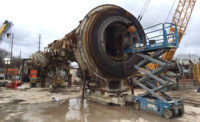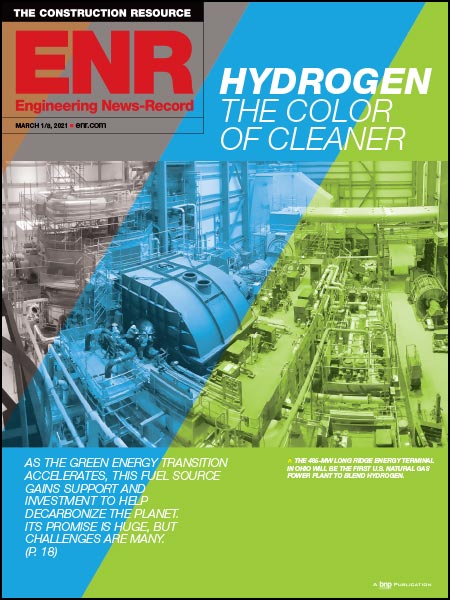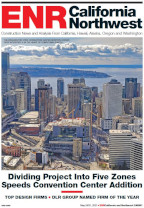Indiana Punches U.S. 31 Rehab Into the Fast Lane






A 13-mile stretch of U.S. Highway 31 in the busy north side of Indianapolis has tested the rush-hour nerves of many Hoosier motorists, but they will soon find relief as crews finish upgrades intended to align the corridor with freeway standards and shave 30 minutes off the time required to drive from Carmel to South Bend, Ind.
The rebuilding of the growing Hamilton County corridor, which on average handles up to 75,000 vehicles per day, is sprinting toward the finish line. Indiana Dept. of Transportation planned the project for more than a decade and studied the corridor even longer. When it started early construction in 2011, the state originally proposed finishing in 2018. Contractors now are on target to reach substantial completion by the end of this year within 5% of the state's estimated construction budget of $358.6 million. Accelerated design and construction sped up the job, state officials say.
"INDOT pushed a lot of these construction contracts out with several right-of-way exceptions," says Chad Nierman, the owner's area engineer. "We moved into the construction phase before we finished buying all the rights-of-way and moving all of the utilities." Urging the agency to expedite work was then-Gov. Mitch Daniels. His successor, Gov. Mike Pence, also vowed to complete the U.S. 31 rehab early and on budget.
With the accelerated schedule putting added pressure on contractors to deliver while keeping the highway largely open to the public, Indiana needed to obtain land rights to expand the corridor. Protracted negotiations, however, threatened to slow the project. Due to the area's status as an attractive location for businesses and residents, obtaining space for roundabout interchanges and additional infrastructure proved a major hurdle, says Jason Rowley, project manager for CHA, the state's Albany, N.Y.-based design consultant. Along much of the route, he says, "INDOT wasn't dealing with farmers. They were dealing with professional developers." As a result of public outreach, INDOT convinced businesses and residents that the new road would promote new commerce.
The state encountered further difficulties procuring mainline construction. It had already sped ahead with some early demolition, but in an effort to deliver the project faster while mitigating cost inflation, the owner decided to pull the bulk of the project ahead of its 2018 deadline and bundle work into a single large contract. That created other problems.
The new contracting opportunity attracted large regional and national firms, such as the Crown Point, Ind., office of Chicago-based Walsh Construction, which then was wrapping up a $35-million project to streamline connections between U.S. 31 and Keystone Parkway at the northern edge of Carmel. Prior to that project, Carmel had acquired Keystone, formerly State Road 431, and reconstructed it with roundabout interchanges and grade separations—work that provided a model of sorts for U.S. 31.
INDOT provided contractors the option of pricing out concrete and asphalt pavements with use of life-cycle costing methods, but when the bids were opened in November 2012, all proposals proved significantly higher than the engineer's estimate. The state estimate was redacted from public bid tabulations, but one source close to the project says bids were at least 15% above it. According to the bid documents, Walsh submitted a low bid of $255.2 million, with asphalt costing an additional $43.2 million and concrete $43.9 million.
INDOT quickly switched gears by breaking up the package and rebidding it as smaller jobs. This time, the state gathered more interest from local firms while achieving more favorable pricing, officials say.
"We got a better value," Nierman acknowledges. Funded by state money obtained from the $3.8-billion lease of the Indiana Toll Road in 2006 as well as matching federal dollars, the 13-mile rehab is part of a $722-million state program to boost car and trucking capacity along the central Indiana route. Including soft costs, such as land acquisition, utility relocation and engineering, the Hamilton County stretch alone is budgeted at $579.3 million. Total investment in U.S. 31 will total $1.1 billion, according to INDOT.
State officials suspect that with such a high-profile road project, bidders placed a high price on risk of completing work on time and potential material price escalation. "Adding up all of the pieced-out bids versus bidding it as one large contract, I think it was to the tune of $25 million in savings," Nierman says.








